On October 24, Ayatollah Khamenei’s official website published the Islamic Republic’s 50-year vision for “progress.” The document, entitled the Islamic-Iranian Pattern for Progress (IIPP), drafts a set of objectives to be met by 2065, covering a vast range of issues, among them the economy, justice and poverty. The Center for Islamic-Iranian Pattern of Progress, whose members are appointed by the Supreme Leader, was tasked with the job of drawing up the document, based on the Leader’s remarks. This center was founded in 2011 on the orders of the Supreme Leader and is headed by Sadegh Vaez-zadeh, one of the Leader’s cousins.
The officials of the center claim that more than 3000 researchers and experts have worked for more than seven years to prepare this seven-page blueprint based on 90,000 pages of research.
According to the Iranian Constitution, the Leader is in charge of "determining the general policies of the Islamic Republic of Iran" after consultation with the Discernment Expediency Council. This council is the highest policy-making government body in Iran, and it operates under the control of the Supreme Leader. However, when the process of drafting the IIPP started, the Discernment Expediency Council was headed by Akbar Hashemi Rafsanjani, who was in disagreement with the Leader over a number of issues (including Ayatollah Khamenei’s support for Mahmoud Ahmadinejad). This was possibly the reason why the Supreme Leader decided to found the Center for Islamic-Iranian Pattern of Progress, and to delegate the task of drafting the IIPP to this new center.
The Content of the IIPP
The IIPP emphasizes that by 2065, Iran should be "one of the world's top 10 largest economies," "one of the four top Asian countries" and "one of the top seven countries in the world as far as progress and justice are concerned." In addition, "poverty, corruption and discrimination" must be "uprooted" by then.
This blueprint suggests 56 strategies for reaching these objectives, many of them vague. They include: "propagation of pure Islam and belief in the resurrection", "maintain the culture of Ashura [martyrdom]", "facilitating marriage", "strengthening families", "conducting research to explain that there are no contradictions between science and religion, progress and justice or Iran and Islam," "promoting rationality and jihadi spirit in the Muslim world," "promoting public diplomacy and the world peace." And so on.
Some other, relatively less vague, objectives of the IIPP include: "Terminating the exportation of raw natural resources 15 years on from the implementation of the blueprint," "creating tax justice through an integrated taxing system," "prompting independence, accountability and specialization in the judiciary," "terminating the lucre (fixed interest rate in loans) within the banking system," "increasing the existing (low) birth rate," "enhancing women’s position and providing equal opportunities for them, with emphasis on their role as mothers," "supporting Islamic and liberation movements and the Palestinians’ rights."
The 20-Year Outlook
Before the release of the IIPP, the country’s longest-term blueprint was the 20-Year Outlook of the Islamic Republic of Iran, or simply the 20-Year Outlook. It was published in 2005 and was supposed to make Iran a developed country by 2025. The Discernment Expediency Council drafted the document and then it was approved by Ayatollah Khamenei, who demanded the three branches of the government implement it. He even described the blueprint as the “most important document of the country after the constitution.”
According to it, Iran had to become a "developed country" and "the most powerful economic, scientific and technological power in Southwest and Central Asia and the Caucasus" by 2015.
This single-page blueprint — which was more concise than the recently-released pattern for progress —aimed to pave the way for the fulfilment of a variety of goals such as "fast-paced and continuous economic growth," "relative growth of per-capita income level," "full employment," "advancing the Islamic democracy model," "having productive and effective interactions with the rest of the world based on the principles of respect, wisdom, and goodwill," "promoting Islamic and regional unity based on the teachings of Islam," etc.
Apart from the vague nature of many of the objectives set out in the 20-Year Outlook, it appears that almost none of them have been met yet, and there is little chance that they will be met by 2025. To date, Iranian state institutions have not even published an official progress report to evaluate the extent to which they have been able to implement the 20-Year Outlook.
This is one of the reasons that many Iranian observers have questioned the motive and the use of releasing a new 50-year blueprint, given that the Islamic Republic has even not taken the previous 20-year blueprint seriously.
Five-Year Development Plans
The Islamic Republic of Iran has already drawn up six five-year development plans. The presentation of these plans began in 1988, after the end of the Iran-Iraq war. The sixth five-year development plan started in 2016 and must be implemented by 2021.
The Discernment Expediency Council drafts the general outlines of such plans and then hand them over for approval by the Leader. The executive branch then prepares a detailed program that must be approved by the parliament. Like all other decisions the parliament makes, it has to be ratified by the Guardian Council, which has the authority to reject all bills that contradict Islam and the constitution. If there is an unsolvable difference between parliament and the council over specific parts of the five-year development plan, the final decision will be taken by the Discernment Expediency Council.
The five-year development plans are much more precise than blueprints such as the 20-Year Outlook or the Islamic-Iranian Pattern for Progress. Some of these plans, for instance the first one that was implemented under the first Rafsanjani administration (1989-1993) and the third plan that was implemented under the first Khatami administration (1997-2001), even led to significant progress in Iran’s economy.
However, most of these plans have never been implemented properly and have failed to make tangible changes in Iran’s economic and social conditions.
Plans that Don’t Make Changes
For a number of reasons, most Iranian administrations have failed to take action on long-term plans. One of the reasons is that Iranian governments, which are subject to mismanagement, corruption, low rates of productivity and high costs of ambitious regional policies, often lack necessary financial resourses to implement long-term development plans. Under such circumstances, they are always obliged to use development budgets to pay current expenses such as paying salaries and pensions.
In addition, when a new administration comes to power, it often disagrees with the priorities set in the existing five-year plan that has been drafted by the former administration. A significant example of this problem is the attitude and behavior of Mahmoud Ahmadinejad during his first presidential term.
When Ahmadinejad took power in 2005, he categorically opposed the fourth development plan that had been drawn up during Mohammad Khatami's administration. He also refused to implement the 20-Year Outlook that had been drafted by the Discernment Expediency Council. At the time, Akbar Hashemi Rafsanjani, Mahmoud Ahmadinejad’s major political opponent, headed the council. As a result, Ahmadinejad opposed almost any policy that Rafsanjani and his team suggested. In 2007, Mahmoud Ahmadinejad even dissolved the Management and Planning Organization, which was in charge of setting out the country’s long-term development plans. However, this organization was later restituted under Hassan Rouhani.
Apart from all these issues, it would appear that the vague nature of some of the Islamic Republic’s long-term plans is also a major reason why executive authorities have not taken them seriously. This is especially the case when it comes to documents such as the 20-Year Outlook and the Islamic-Iranian Pattern for Progress.
For instance, after the release of the recent IIPP on October 24, its unrealistic and ambiguous content was widely criticized and mocked on social networks. Many Iranian observers and people on social media joked about the objectives set out in the document and the so-called strategies introduced to reach them. For most of the IIPP’s critics, the document’s emphasis that Iran should be "one of the world's top 10 largest economies," "one of the four top Asian countries" and "one of the top seven countries in the world as far as progress and justice are concerned" is nothing more than political propaganda, which will never been taken seriously — even by Iranian authorities.
visit the accountability section
In this section of Iran Wire, you can contact the officials and launch your campaign for various problems




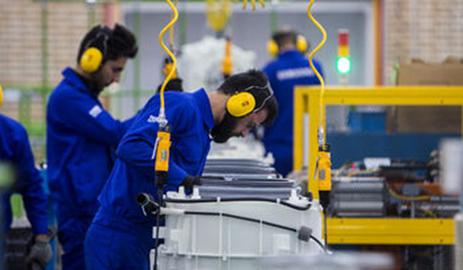
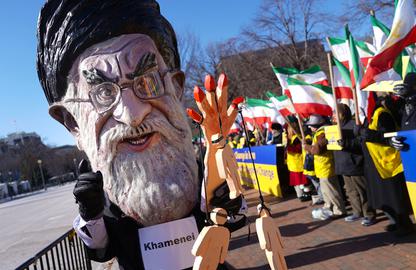
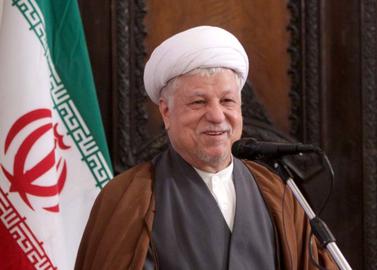
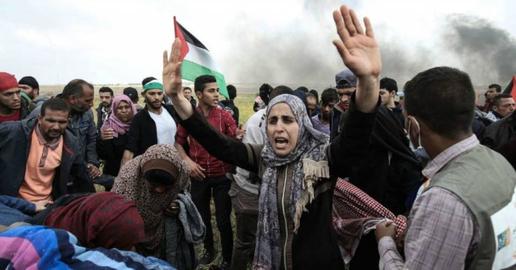
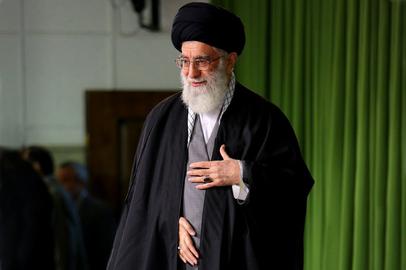



















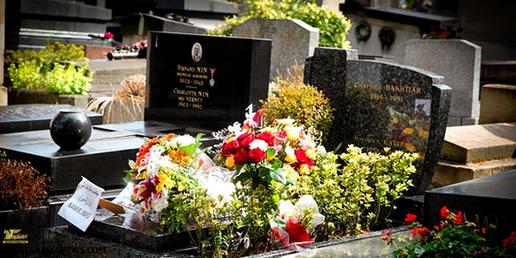
comments